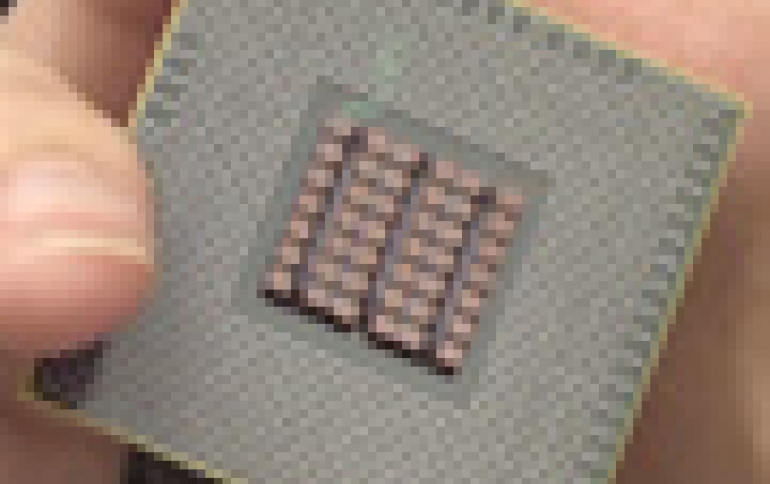
IBM improves efficiency of PowerPC chips
IBM Corp. has improved the power efficiency of two models of PowerPC processors, making an effort to strengthen its position in markets from cars and printers to networking and communications equipment.
The PowerPC 750CL and PowerPC 970GX are both single-core chips built with a 90-nanometer process. Both chips reduce DC electricity leakage with thicker gate oxides and reduce AC switching power with higher thresholds, the company said.
IBM made the change to reach a wider range of enterprise and consumer applications, said Ron Martino, director of Power Architecture Solutions in IBM's Technology Collaboration Solutions unit.
The company already has a strong grip on certain sectors. It makes the processors for all three of the top gaming consoles: Sony Computer Entertainment Inc.'s PlayStation 3, Microsoft Corp.'s Xbox 360 and Nintendo Co. Ltd.'s Wii. These improved chips could help it reach even further.
The trend of power-efficient chips has already changed the notebook, desktop and server markets. Advanced Micro Devices Inc. (AMD) has cited power efficiency for the reason that its Opteron server processors have outsold chips from Intel Corp. in recent months, and Intel says its new Core 2 Duo chips will also use power efficiency to win back that market share.
IBM's 750 CL is a 32-bit chip running at 400MHz to 1GHz, and is intended for high-performance embedded applications, including consumer electronics, storage and imaging. The 970GX supports both 32-bit and 64-bit applications running from 1.2GHz to 2.5GHz, making it appropriate for applications in high-bandwidth data processing or algorithmic computation.
IBM also announced a roadmap of future products to improve power draw. Its CPC965 will act as a companion chip to the PowerPC 970 series, providing more efficient I/O connectivity. Its 460S is a 32-bit, synthesizable core with variable cache sizes, and its 464FP H90 and 464H90 are application specific integrated circuits (ASICs) that can be manufactured either by IBM or by its partners Chartered Semiconductor and Samsung Electronics Co. Ltd.
The 464H90 will launch by the end of 2006, while the other three cores ship in the first quarter of 2007. The PowerPC 750CL and PowerPC 970GX are available Tuesday.
IBM made the change to reach a wider range of enterprise and consumer applications, said Ron Martino, director of Power Architecture Solutions in IBM's Technology Collaboration Solutions unit.
The company already has a strong grip on certain sectors. It makes the processors for all three of the top gaming consoles: Sony Computer Entertainment Inc.'s PlayStation 3, Microsoft Corp.'s Xbox 360 and Nintendo Co. Ltd.'s Wii. These improved chips could help it reach even further.
The trend of power-efficient chips has already changed the notebook, desktop and server markets. Advanced Micro Devices Inc. (AMD) has cited power efficiency for the reason that its Opteron server processors have outsold chips from Intel Corp. in recent months, and Intel says its new Core 2 Duo chips will also use power efficiency to win back that market share.
IBM's 750 CL is a 32-bit chip running at 400MHz to 1GHz, and is intended for high-performance embedded applications, including consumer electronics, storage and imaging. The 970GX supports both 32-bit and 64-bit applications running from 1.2GHz to 2.5GHz, making it appropriate for applications in high-bandwidth data processing or algorithmic computation.
IBM also announced a roadmap of future products to improve power draw. Its CPC965 will act as a companion chip to the PowerPC 970 series, providing more efficient I/O connectivity. Its 460S is a 32-bit, synthesizable core with variable cache sizes, and its 464FP H90 and 464H90 are application specific integrated circuits (ASICs) that can be manufactured either by IBM or by its partners Chartered Semiconductor and Samsung Electronics Co. Ltd.
The 464H90 will launch by the end of 2006, while the other three cores ship in the first quarter of 2007. The PowerPC 750CL and PowerPC 970GX are available Tuesday.





















